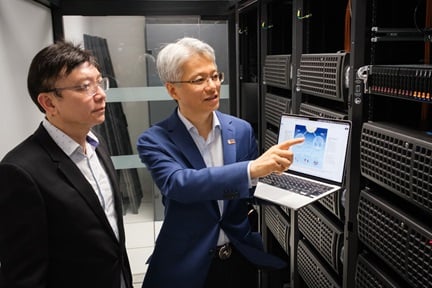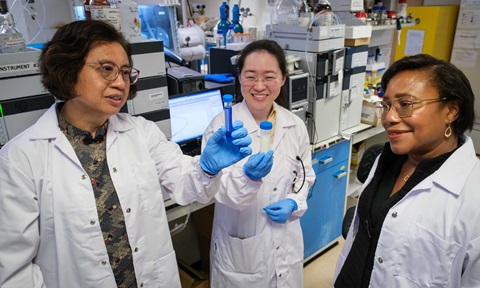A new method to measure carbon stored in bogs to help in restoration efforts

Researchers at Singapore-MIT Alliance for Research and Technology (SMART), MIT’s research enterprise in Singapore, and Nanyang Technological University, Singapore (NTU Singapore), have developed a method that can accurately measure the amount of carbon stored in bogs.
The new method by the SMART-NTU team uses satellite data and reduces the need for on-site sampling to derive the three-dimensional shapes of raised peatlands, also known as bogs, and hence the amount of carbon it contains.
Measuring the amount of carbon stored in peatlands helps governments and policymakers assess the environmental impact of converting these lands for agricultural, industrial or urban uses, particularly by understanding potential carbon emissions resulting from peatland drainage.
Globally, the drainage of peatlands for agricultural use releases large amounts of carbon dioxide and increases the risk of catastrophic fires. Dry peat is highly flammable and can easily catch fire, especially in regions with hot climates and dry seasons, such as Southeast Asia - where haze is a recurrent pollution issue. Southeast Asia is home to about 23 million hectares of peatlands, about half of the world’s tropical peatlands.
Although bogs represent only three per cent of the world’s land surface, they store the most carbon per area of any land ecosystem on Earth. Understanding bogs is crucial to protect and restore their large carbon stocks. Restoring bogs through a method known as rewetting is one of the most promising nature-based solutions to fight climate change.


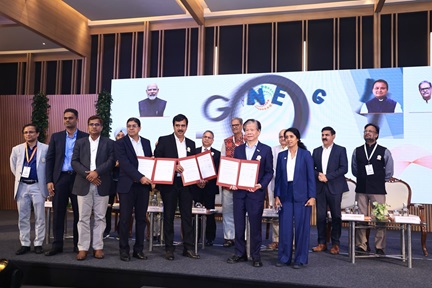
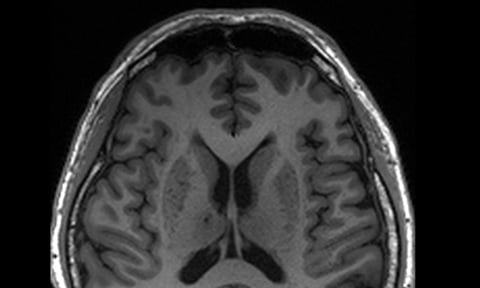
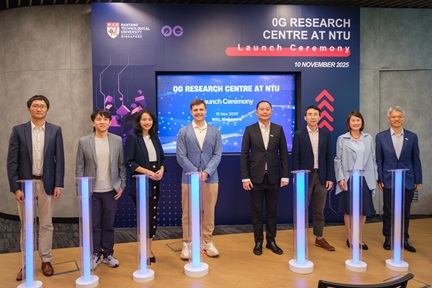
.tmb-listing.jpg?Culture=en&sfvrsn=cfde9c58_1)
